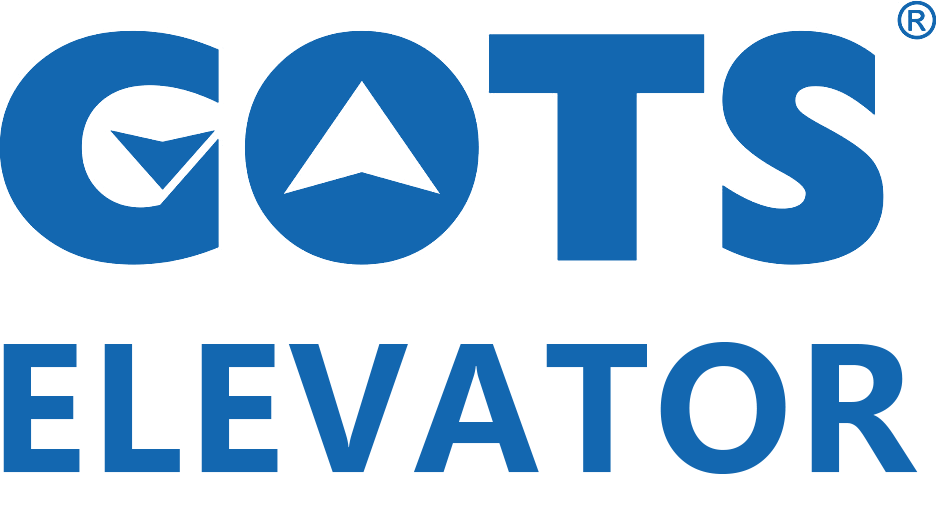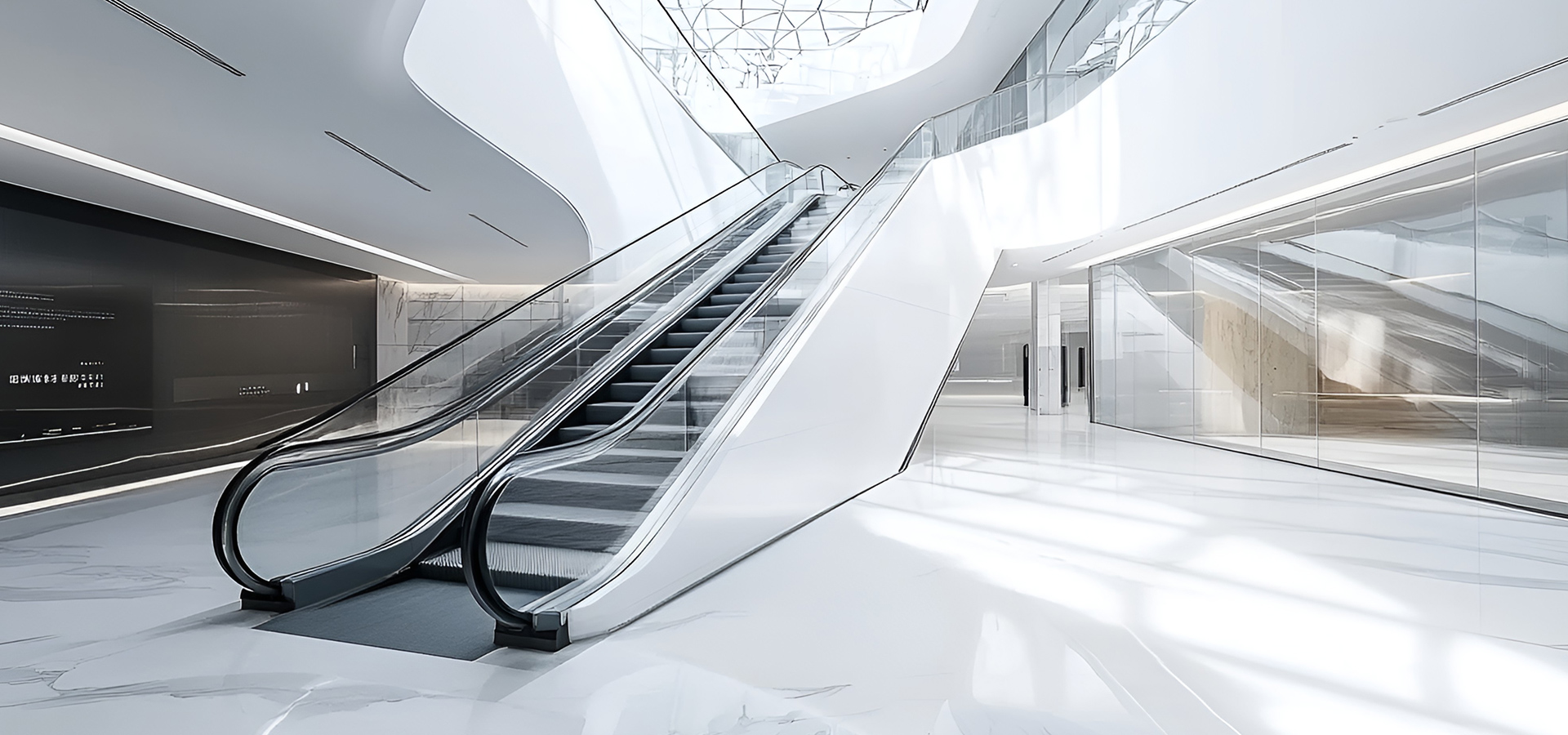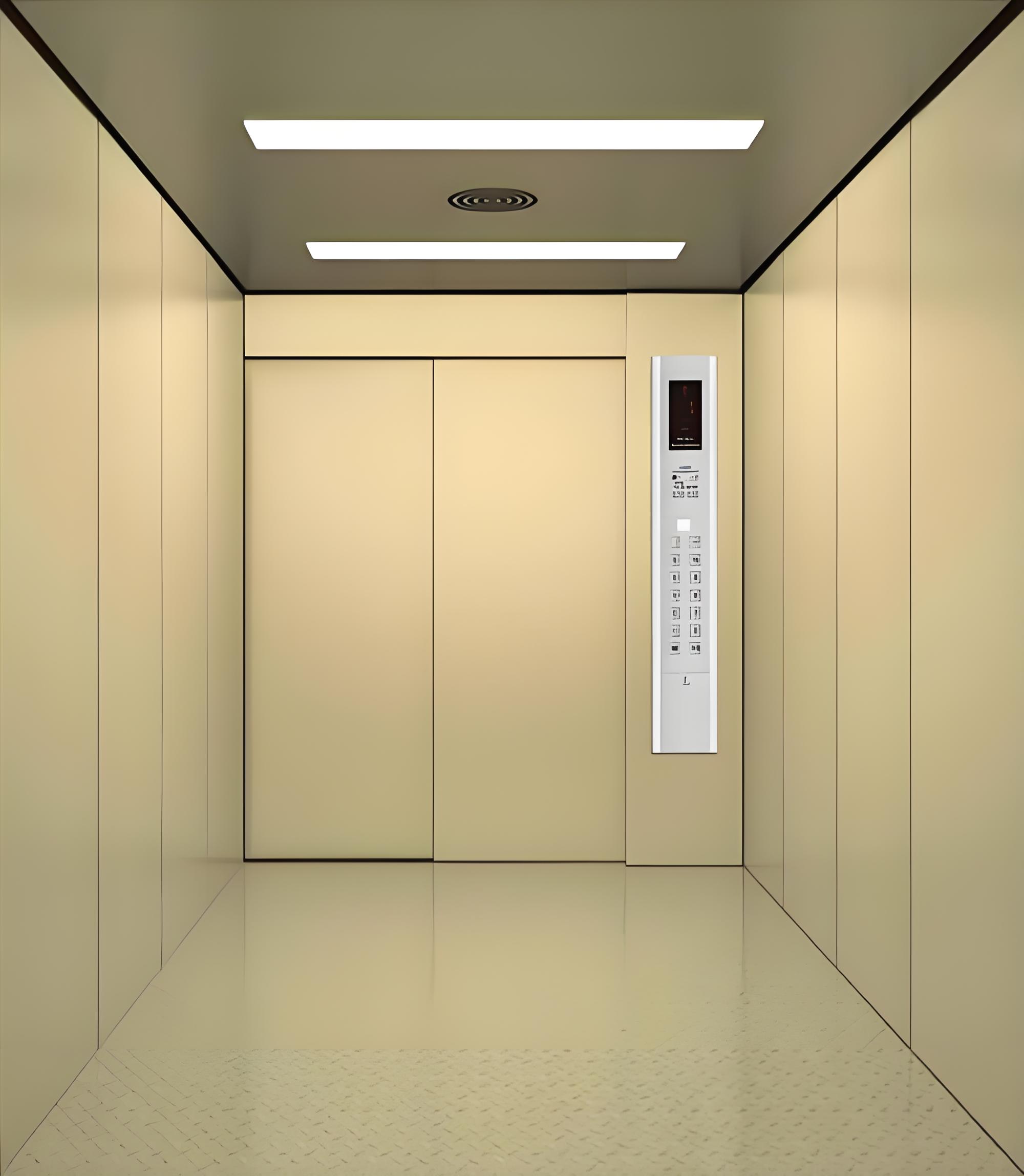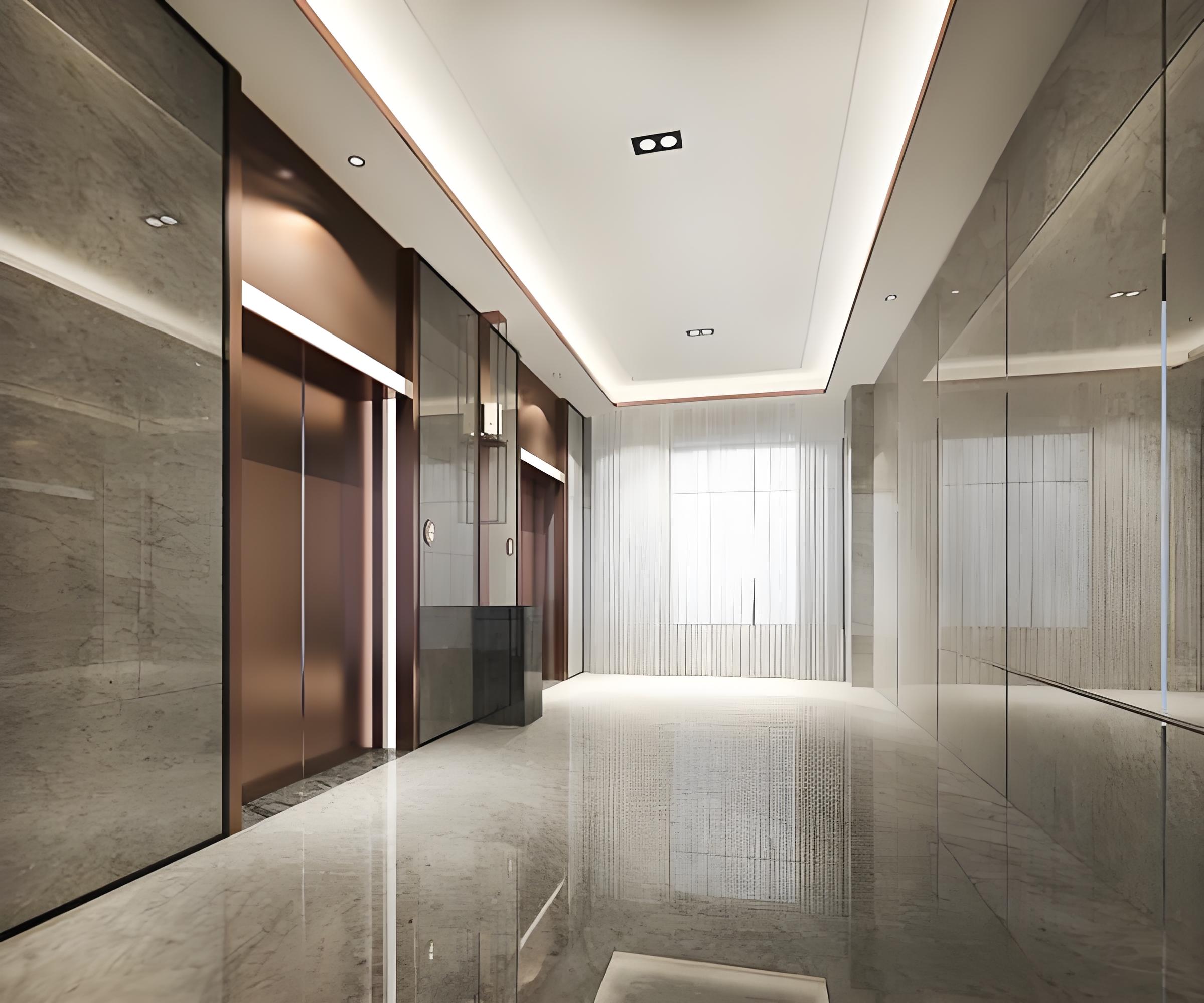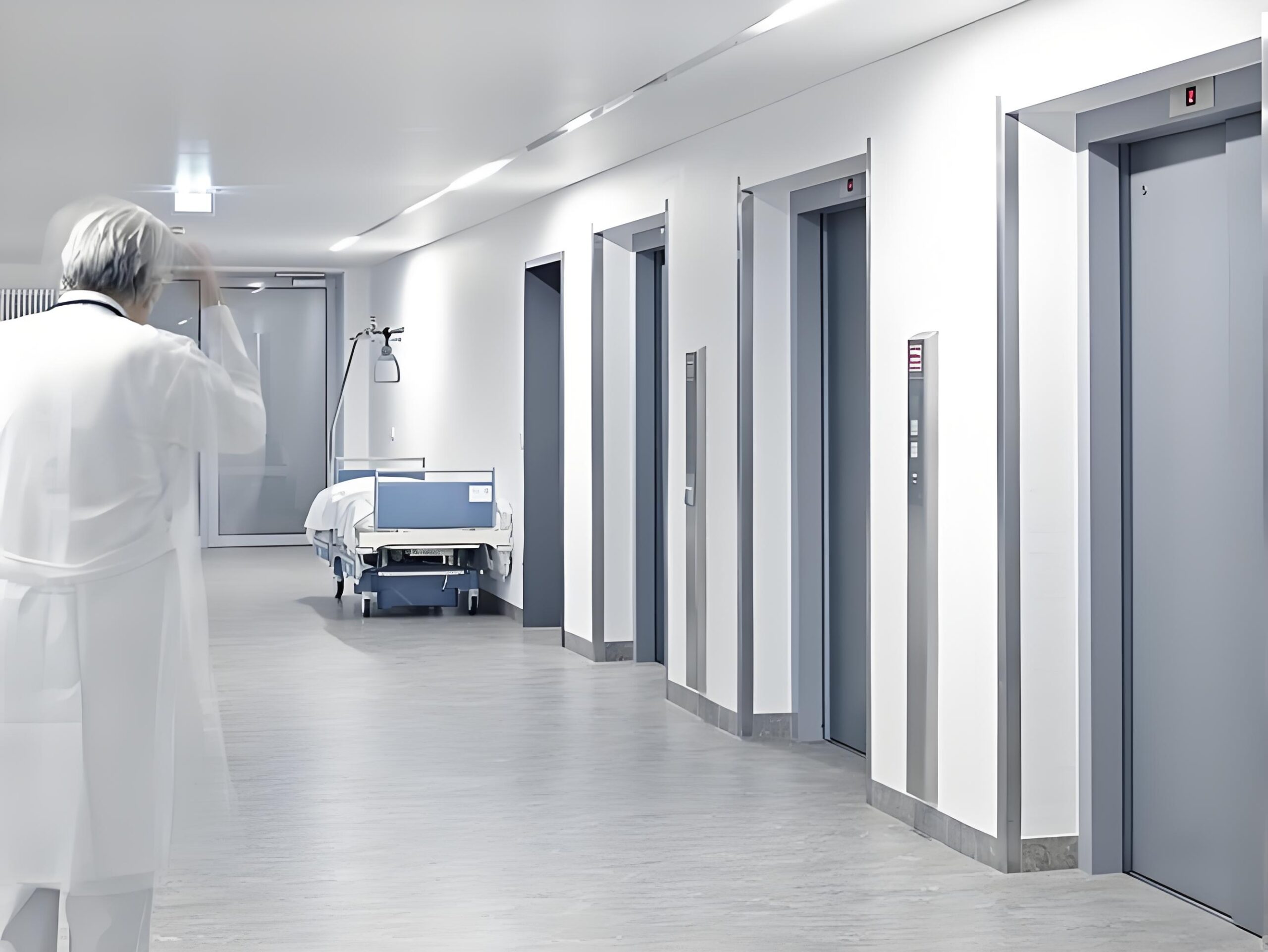As urban development continues, the demand for customized vertical mobility solutions in residential buildings is growing rapidly. Whether it’s a standard low-rise apartment, a private villa, or a high-rise residential complex, the type of elevator chosen can significantly impact convenience, safety, and long-term value. Understanding the types of residential elevators and their design options can help developers and homeowners make smart decisions—especially when selecting premium solutions like those from GOTS Elevator.
Elevator Options by Residential Building Type
1. Low-Rise Buildings (Up to 6 Floors)
For buildings with fewer floors, hydraulic elevators or machine room-less (MRL) elevators are often preferred. Hydraulic systems are simple to set up, require minimal maintenance, and operate without the need for bulky overhead equipment. Machine room-less elevators help conserve space and perform well in areas with limited room.
GOTS provides space-efficient options that meet both safety standards and modern design needs, making them ideal for small apartment complexes.
2. Villa and Private Residences
Homeowners in villas or duplexes often value quiet performance, stylish design, and overall comfort. GOTS specializes in villa elevators such as the TS-B32, TS-B33, and TS-B36, which feature:
- Quiet and smooth movement
- Sleek, modern cabin finishes
- Compact structure with optional machine-room-less design
- Custom load, speed, and dimension settings
These models reflect the high-end look and functionality homeowners expect, while being built to strict safety standards.
3. High-Rise Residential Buildings
For tall residential buildings, gearless traction elevators with or without machine rooms are most effective. These systems support faster speeds, smoother rides, and greater energy efficiency, making them ideal for busy, high-density complexes.
GOTS offers high-capacity elevators capable of handling passenger flow, emergency functions, and integration with building management systems.
Drive Modes and Installation Considerations
- Traction Elevators: Use ropes or belts and counterweights.Well-suited for medium to tall buildings because of their fast and efficient operation.
- Hydraulic Elevators: Work through fluid pressure. Best for low-rise buildings due to simpler design.
- Screw Drive Elevators: Often used in villas and houses where space-saving design and low upkeep are important.
The installation process can differ depending on the presence or absence of a machine room. GOTS offers flexible models that support both MRL and traditional setups.
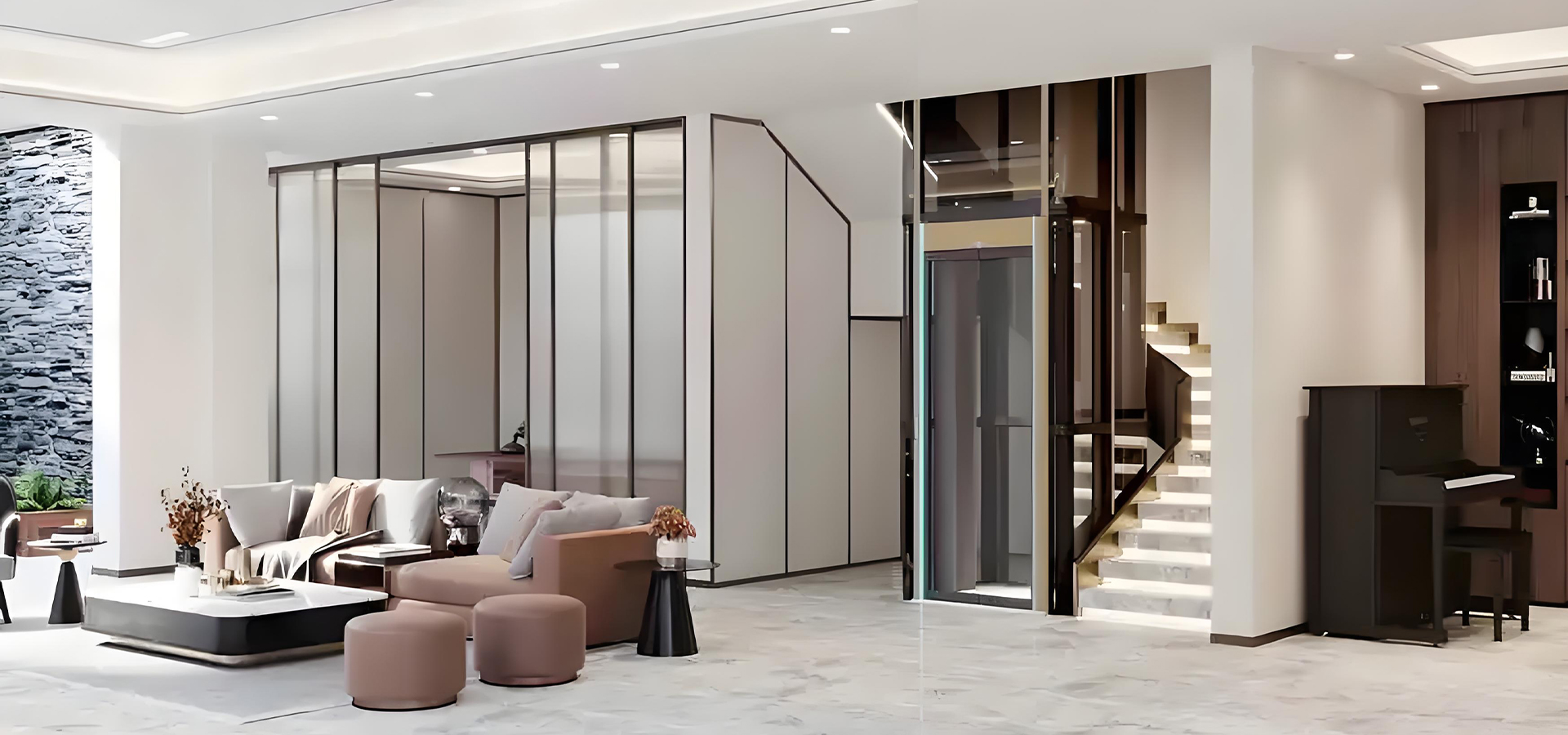
Understanding the Difference Between Escalator and Lift
Homeowners often ask about the difference between escalator and lift, especially when considering mobility solutions for multi-story buildings.
- Escalators are continuously moving staircases. They are used in malls, airports, and high-traffic areas, requiring more floor space and constant power.
- Lifts (Elevators) are enclosed cabins moving vertically, ideal for private and controlled settings like homes or apartment buildings.
The difference between escalator and lift comes down to use case. While escalators are public-facing and open, lifts offer privacy, security, and smart features, perfect for residential use.
Understanding the difference between escalator and lift helps ensure the right system is selected for functionality, design, and cost-efficiency.
Why Choose GOTS?
GOTS stands out for its ability to customize elevator solutions to meet unique architectural and personal needs. Whether you require a standard TS-B32 for your villa or a completely tailored model for a multi-family building, GOTS offers:
- Over 20 elevator series
- Wide speed and load options
- Integration with smart control systems
- High-quality materials and finishes
- Certification and compliance with global safety standards
GOTS elevators are suitable not only for residential spaces but also for commercial and medical environments, proving their adaptability and reliability.
FAQ
Q1: Can GOTS elevators fit small villa shafts?
Yes, GOTS offers customized sizing and compact designs to suit unique space requirements.
Q2: What’s the main difference between escalator and lift in homes?
Lifts are private, compact, and ideal for indoor use; escalators are large, open, and public-facing.
Q3: Are GOTS villa elevators customizable?
Absolutely. From finish to speed to size, everything is customizable.
Conclusion
Selecting the right elevator involves considering the building layout, how it will be used, and the space that’s available. With GOTS, you get high-quality, certified, and beautifully designed solutions for every residential setup.
Need a reliable villa or home elevator? Explore GOTS’s residential elevator options here and request a customized solution today.
